Driverless AI release blogs
Looking for the latest news on H2O Driverless AI releases? Find it here in a single convenient location.
Driverless AI 1.10.6
Version 1.10.6 brings several new features that make it simpler for you to take advantage of the predictive modeling capabilities of H2O Driverless AI (DAI). For a full list of changes and accompanying documentation, see Version 1.10.6 (August 18, 2023).
Read more: What’s new in version 1.10.6
h2oGPT integration: Generate dataset and experiment summaries
Manually summarizing the results of machine learning experiments, especially those that are very complex, can be time-consuming. Starting in version 1.10.6, we’ve implemented integration with h2oGPT that lets you optionally generate and view dataset or experiment results summaries using a GPT model. These new options can help you easily explain the results of complex experiments and datasets and help you share the insights and implications of your experiments and data in a more convenient manner.
For more information, see h2oGPT integration.
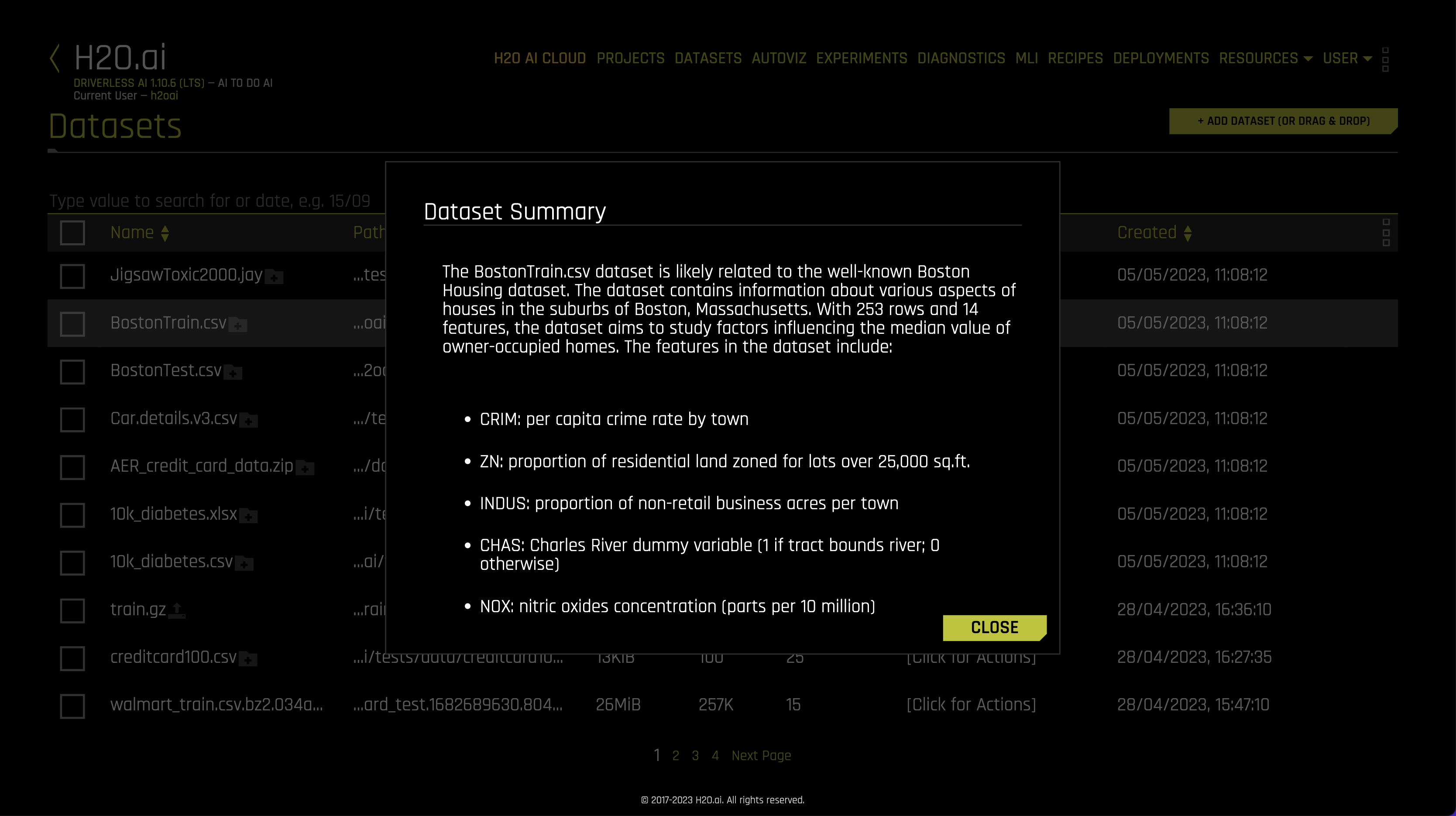
Time series dataset splitter
Version 1.10.6 adds a convenient option for splitting time series datasets into train and test sets by specifying an exact starting point in time for the test set. If the dataset has only a single time column, that time column is automatically selected for the time series split. If the dataset has multiple time columns, you can select which time column you want to use for the time series split.
For more information, see Dataset options.
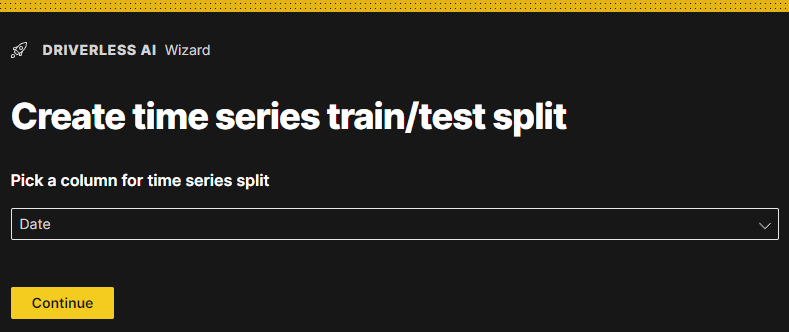
DAI project workspace: Tag experiments
When using Driverless AI’s built-in project workspace for managing datasets and experiments, you can now tag experiments connected to H2O Storage (remote storage). This option can help you to improve the management of experiments within a specific project, especially projects that have a large number of experiments linked to them.
For more information, see Experiment tagging.
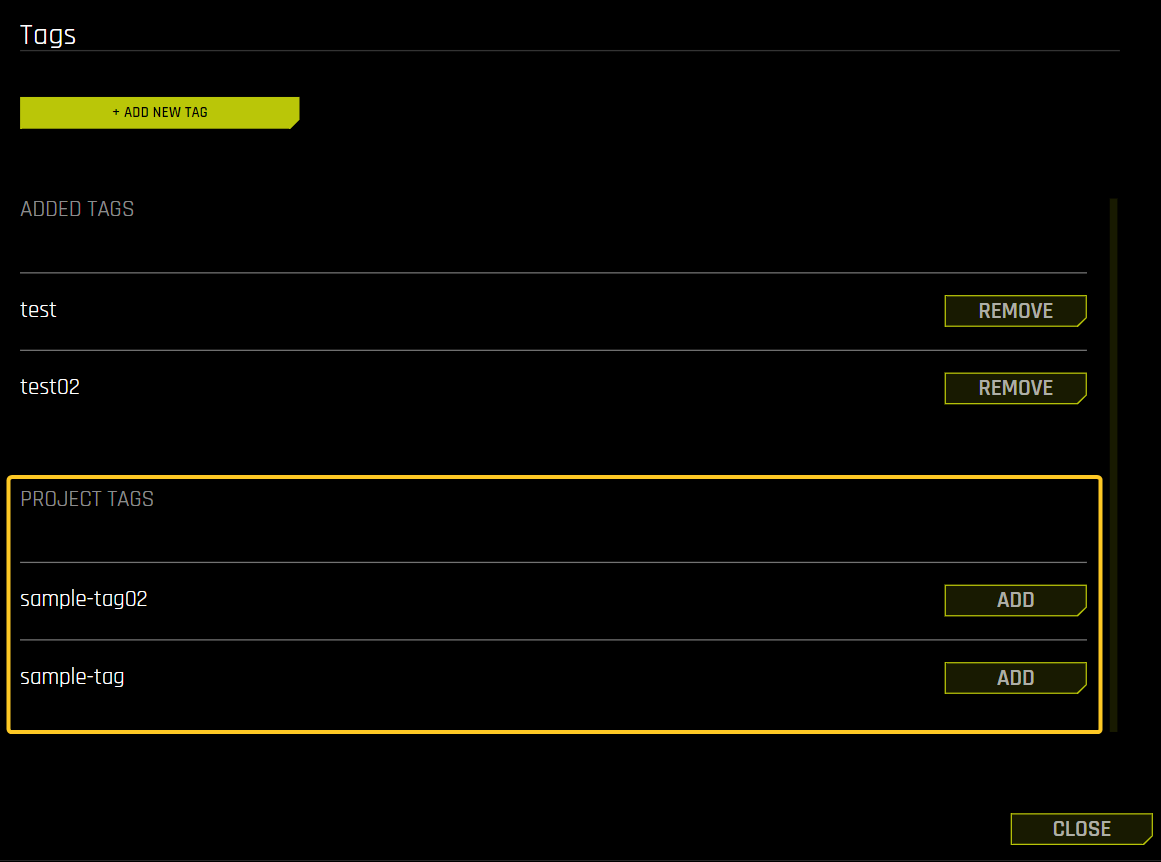
Improved experiment setup comparison
The experiment setup comparison option now features improved side-to-side comparison of list and dictionary configurations (Expert Settings). In the Expert Settings section of the experiment comparison wizard, you can now click a specific setting and view the differences in the values for that setting.
For more information, see Experiment setup comparison.
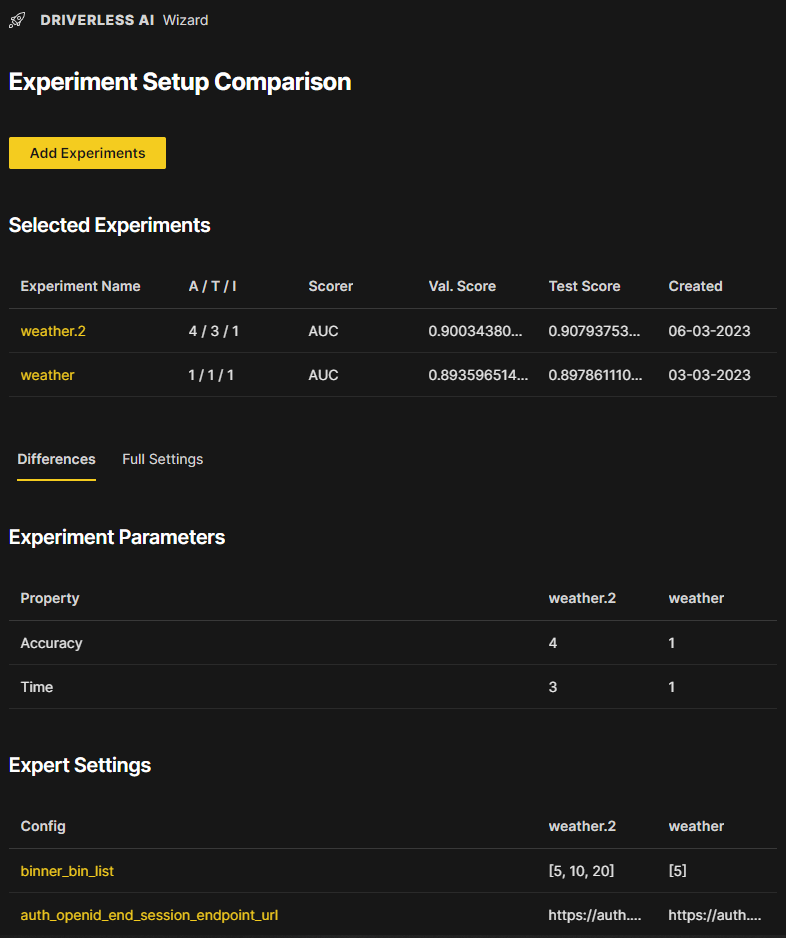
MLI: DAI model dashboard
DAI version 1.10.6 adds the DAI model dashboard to the MLI module, which provides an overview of the interpretations built using DAI and surrogate models. You can use this dashboard to gain comprehensive insights into the performance of models created using DAI and compare multiple MLI explainers in real time.
For more information, see MLI dashboard.
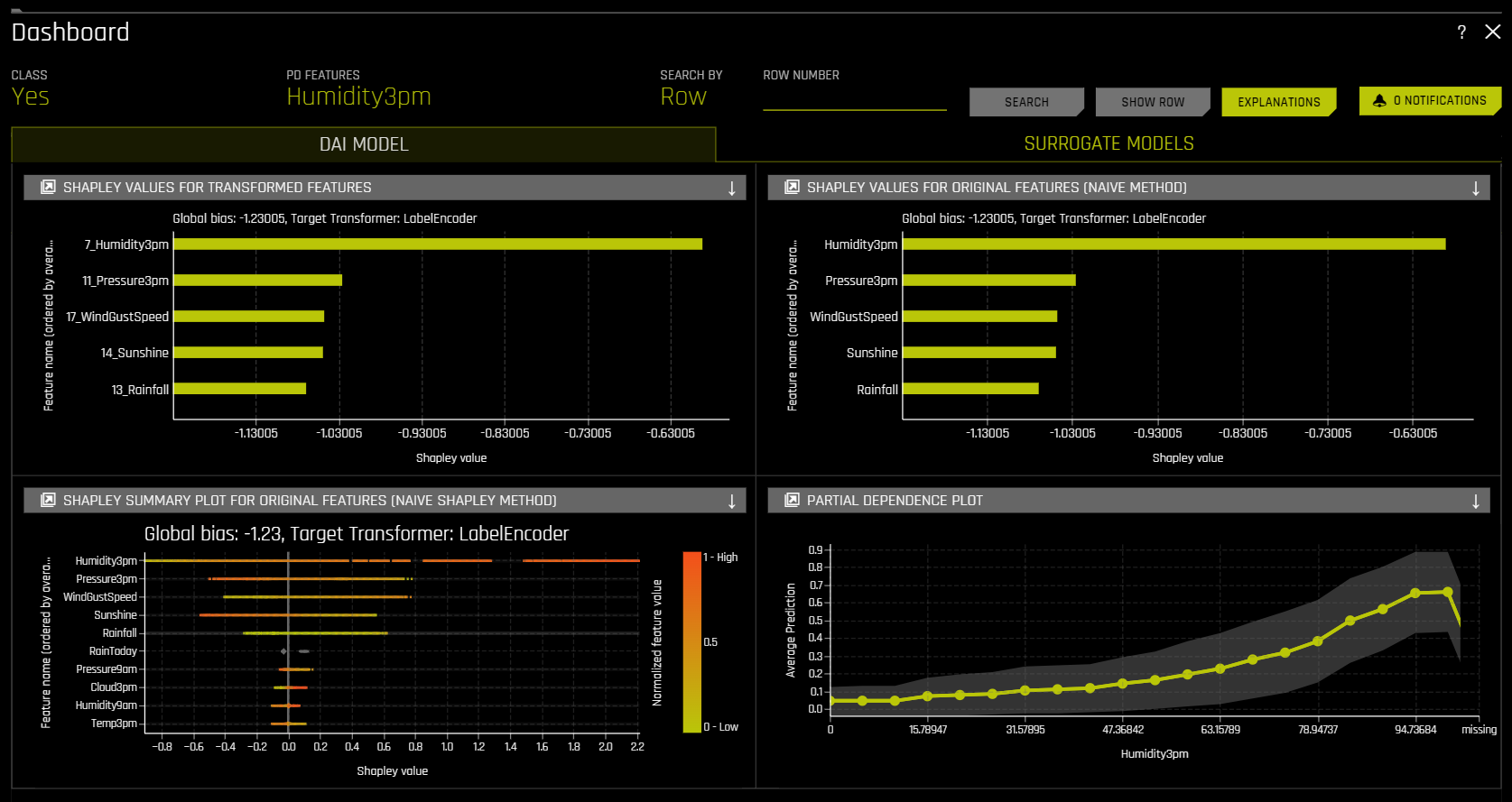
Driverless AI 1.10.5
Version 1.10.5 brings several new features that make it simpler for you to take advantage of the predictive modeling capabilities of H2O Driverless AI (DAI). For a full list of changes, see Version 1.10.5 (April 27, 2023).
Driverless AI 1.10.4
Version 1.10.4 brings several new features that make it simpler for you to take advantage of the predictive modeling capabilities of DAI. For a full list of changes and accompanying documentation, see Version 1.10.4 (October 13, 2022).
Read more: What’s new in version 1.10.4
Driverless AI GUI-based wizards
Several new GUI-based wizards have been added to DAI as part of this release.
Experiment wizard: This wizard guides you step-by-step through to process of setting up and starting an experiment. For users who aren’t already familiar with using DAI, the experiment wizard is a great way to start running experiments without having to worry about whether you’ve set up your experiment correctly.
If you’re an experienced user of DAI, you can still take advantage of this wizard to ensure that every aspect of your experiment has been configured correctly, especially in cases where you’re attempting to set up more complex experiments. Finally, if you’re used to only setting up a particular type of experiment, you can use this wizard to confidently try creating different types of experiments, like time series or NLP experiments.
To access the experiment wizard, go to the Experiments page and click New Experiment -> Wizard Setup.
Dataset join wizard: The process of joining two datasets together can sometimes be difficult, depending on the size and complexity of the datasets. This wizard guides you through this process so that you can be sure that the datasets are joined correctly.
To access the Dataset Join Wizard, go to the Datasets page and click on the name of the dataset, then click Join Wizard from the list of options.
Leaderboard wizard: This wizard helps you set up and perform a business value analysis of all models in a project. To access the Leaderboard wizard, go to a project and click the Analyze Results button.

Expert Settings redesign
The Expert Settings window has been redesigned to make it simpler to navigate and locate specific settings that are relevant to your experiment. By clicking the Filter by Tags button, you can now also filter the list of available settings by specific tags. This is a useful way of ensuring that the settings being displayed are relevant to your particular use case.
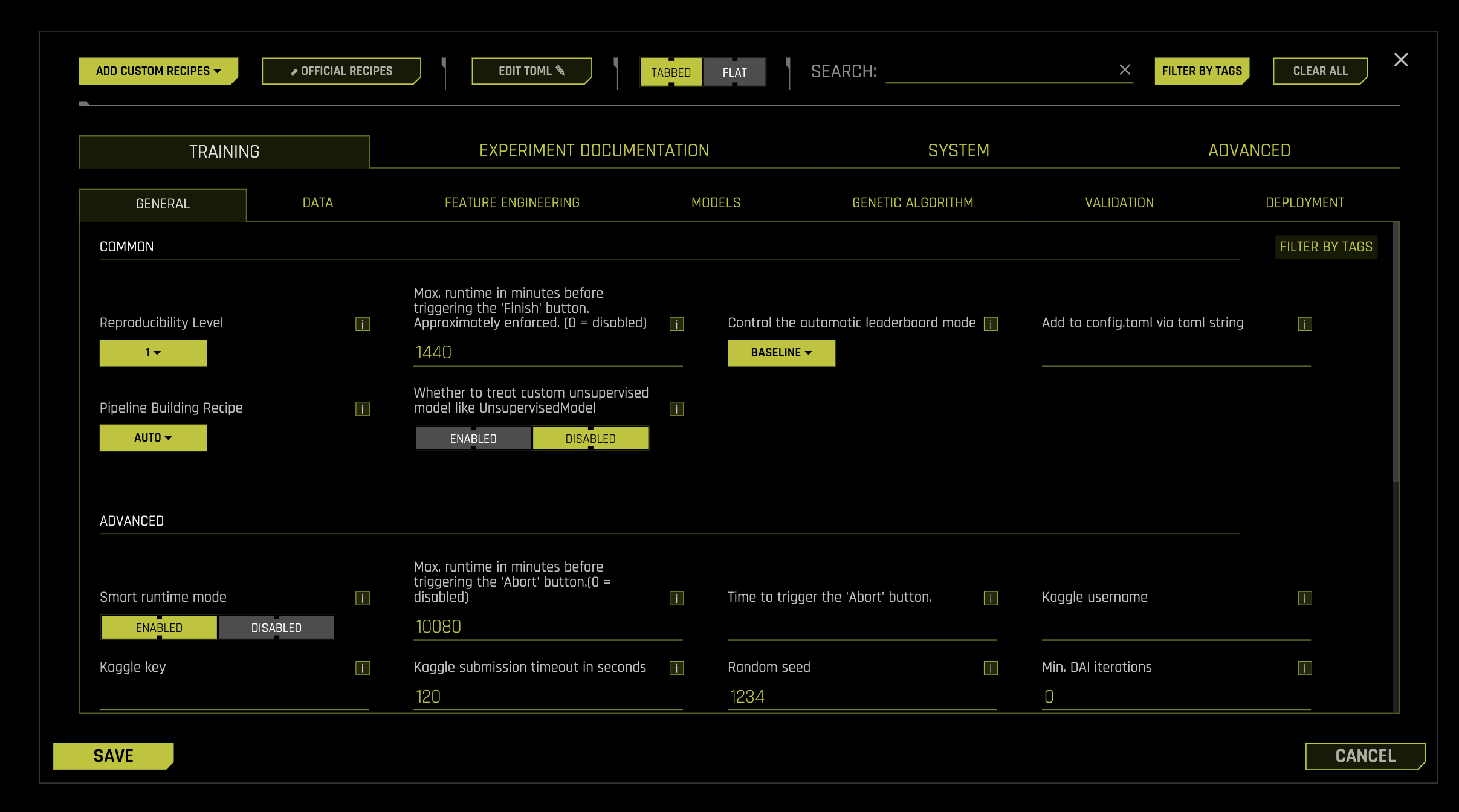
Improved model accuracy
H2O.ai developers conducted extensive research on the model accuracy of Driverless AI for multiple open source datasets, with a particular emphasis on the effectiveness of each phase of the experiment process. This research resulted in the identification of several improvements to the experiment process to make the experiment runtime considerably more effective.
Driverless AI now consistently drops models that have poor performance so that time is not wasted on unproductive models. We have also found more productive uses for certain feature transformers and algorithms, resulting in improved model performance across the board. These changes are especially helpful when working with smaller datasets.
All of the preceding changes have been incorporated into the experiment building process. By running experiments in Driverless AI 1.10.4, you will automatically benefit from these improvements.